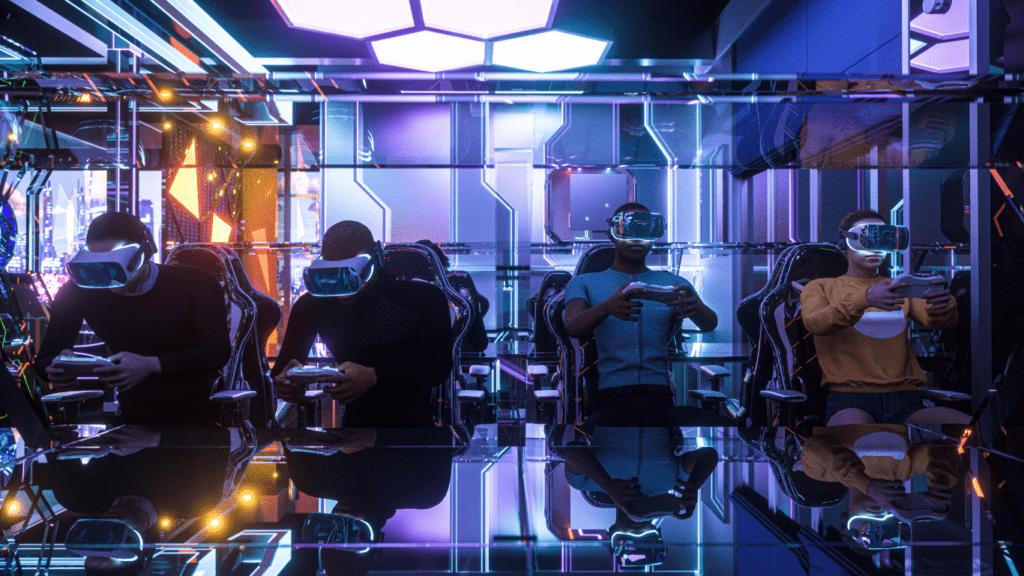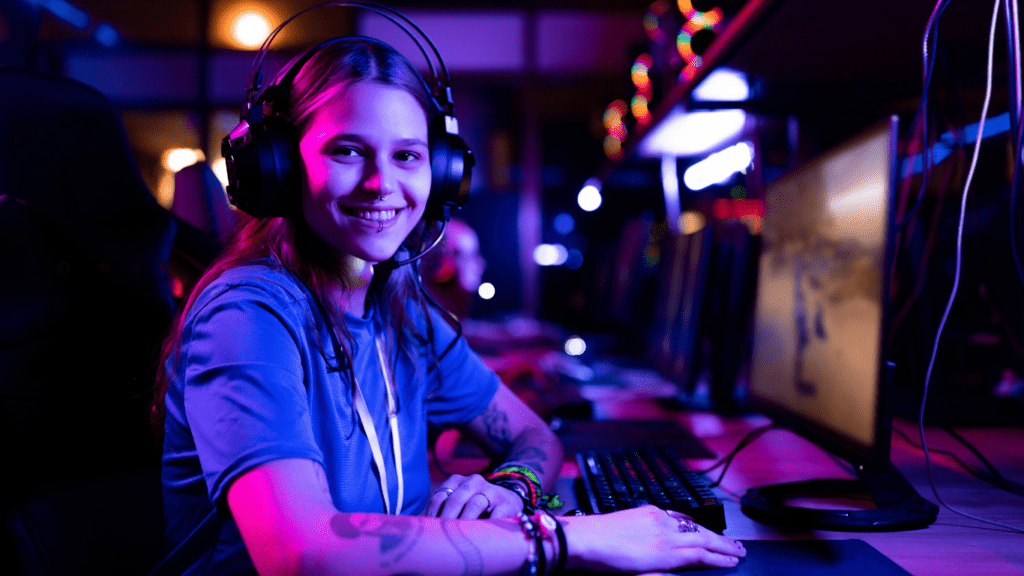Esports has evolved from niche gaming tournaments to a global phenomenon, captivating millions of fans and reshaping the competitive landscape. Every major competition brings more than just thrilling gameplay—it unveils new strategies, team dynamics, and trends that redefine how the game is played. These events are a treasure trove of insights for players, coaches, and even brands looking to tap into the esports world.
Overview Of Esports And Major Competitions
Esports encompasses competitive video gaming, where individual players or teams compete in organized tournaments. Key game genres include first-person shooters (FPS), multiplayer online battle arenas (MOBA), real-time strategy (RTS), and battle royale games. Titles like League of Legends, Dota 2, CS:GO, and Fortnite dominate the global esports scene, attracting millions of viewers annually.
Major competitions in esports include events such as The International (Dota 2), the League of Legends World Championship, the Fortnite World Cup, and the Intel Extreme Masters. Each of these competitions features high stakes, with prize pools reaching tens of millions of dollars, and serves as a stage for top-tier strategies and innovation. For example, The International 2021 had a prize pool exceeding $40 million, setting a record in esports history.
These tournaments combine live audiences and online viewership. Platforms like:
- Twitch
- YouTube
- Regional streaming services
broadcast matches, with peak viewer counts often exceeding 1 million for finals. Spectator engagement, streamlined tournament structures, and global accessibility contribute to the rapid rise of esports as a mainstream entertainment industry.
Key Strategic Trends In Esports
Major esports competitions are shaping new strategies and approaches within the industry. Trends such as data-driven gameplay, team cohesion, and player endurance are becoming pivotal for success.
Rise Of Data-Driven Gameplay
Data analysis has emerged as a critical tool in esports strategies. Teams now use performance metrics like kill-death ratios and reaction times to refine gameplay, leveraging analytics platforms similar to Mobalytics or Insights.gg. This trend is evident in games like League of Legends, where predictive modeling aids in drafting strategies and anticipating opponent moves. Machine learning tools also help teams fine-tune training schedules by identifying areas of improvement for individual players.
Increasing Role Of Team Cohesion
Team cohesion directly influences performance during high-pressure matches. Esports teams prioritize synergy during scrims and formal competitions by employing sports psychologists and communication coaches. Titles like Dota 2 and CS:GO emphasize precise coordination for executing complex team maneuvers. Efforts to reduce communication barriers, such as assigning clear leadership roles, have resulted in noticeable improvements during pivotal moments in tournaments.
Importance Of Player Endurance And Focus
Maintaining focus in multi-hour matches has become essential for esports players. Training now incorporates techniques like mindfulness and cognitive exercises to enhance long-term concentration. In games like Fortnite and Valorant, quick decision-making under fatigue can determine victory. Physical fitness regimens have also been adopted to reduce stress and improve mental stamina, highlighting the overlap between physical and mental preparation in competitive gaming.
Technological Innovations Shaping Esports Strategies

Technological advancements are transforming how teams compete and engage with fans. Innovations like AI, machine learning, and interactive streaming platforms are central to these changes.
Use Of AI And Machine Learning
- AI and machine learning are enhancing decision-making and gameplay refinement in esports.
- Teams analyze player statistics, in-game patterns, and opponent tendencies using AI tools like Mobalytics or SenpAI.
- These technologies offer predictive analytics, helping players adapt strategies during matches.
- Machine learning models support real-time coaching by identifying areas of improvement, such as reaction times or positioning errors.
- Some organizations deploy AI-driven simulations to practice against virtual opponents, replicating diverse scenarios for training.
Advancements In Streaming And Viewer Engagement
Streaming technologies and interactive features are reshaping fan experiences. Platforms like Twitch and YouTube employ low-latency streaming to deliver real-time match updates. Viewers can access live statistics, player POVs, and predictions through overlays, such as those provided by Streamlabs or StreamHatchet. Innovations like augmented reality (AR) or virtual reality (VR) overlays add immersive elements, enhancing viewer satisfaction. Fan engagement tools, including live polls and chat integrations, foster interactive spectating, increasing retention and loyalty.
Market And Audience Impacts
Esports competitions are redefining global markets and reshaping audience dynamics. Rising viewership and integrated sponsorship strategies are central factors driving these changes.
Expansion Of Global Viewership
Esports viewership has surpassed 540 million globally in 2023, according to Newzoo. Audiences span continents, with Asia, North America, and Europe accounting for the most substantial shares. Major events like the League of Legends World Championship draw millions of concurrent viewers, demonstrating the international appeal of these tournaments.
Regional access improvements are boosting global audience inclusivity. Platforms like Twitch, YouTube, and Douyin cater to diverse demographics by offering multi-language broadcasts and tailored content, increasing accessibility for non-English-speaking fans. Meanwhile, mobile esports scenes in regions like Southeast Asia are thriving due to the widespread availability of smartphones, making these games integral to many fans’ lifestyles.
Sponsorship And Brand Integration
Sponsorship revenues reached $1.86 billion in 2023, reflecting deep ties between brands and esports ecosystems. Companies across industries such as technology, automotive, and consumer goods, including Intel, Mercedes-Benz, and Red Bull, are collaborating with esports organizations to tap into younger, tech-savvy audiences.
Integration strategies emphasize value creation for fans. Brands are embedding themselves into the event experience through in-game advertisements, branded content, and fan activations. For example, custom skins, team jerseys, and live-stream giveaways connect sponsors directly with their target demographics, reinforcing brand loyalty. Collaborations between esports teams and lifestyle brands are also transforming players into influencers, further amplifying sponsorship visibility across social media.





